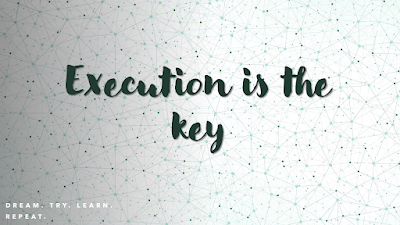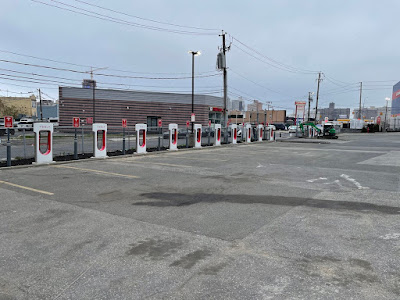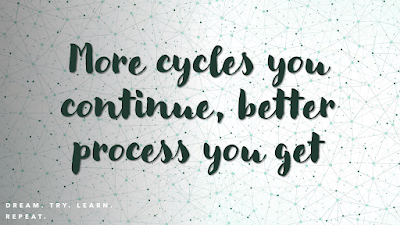JIT economy
JIT economy changed many industries. Owning a SaaS (environment) is an asset. Just having it slows your process. Owning an environment means knowing how to go to new vertical, adjust, overcome, or pivot.
Let’s compare it to similar trends in home construction as they are more relatable than abstract in nature software development.
Home construction metaphor for SaaS blueprints
There were always rapid development approaches to home and cabin
construction. It is possible to take a standard shipping container, cut a few
windows, doors, create an outlet for electricity, and that’s a dwelling which
gives a roof over your head. It will protect against wind and rain in pleasant
conditions. You even can combine a few of these to have multiple rooms. When temperature
goes higher or lower of course comfort of being in such “home” is questionable.
Better technology would have at least insulation, and air
conditioning. Further improvement will need to have outlets for water and bathroom
waste to allow for connection of such unit to main foundation and utilities.
Boxabl [1] has offering to have kitchen with amenities, bathroom
and air-conditioning already pre-built at a factory. Unit comes in shippable dimensions,
which transforms into full size during installation. They offer these days units
which can be combined into multi-room dwellings.
And if you are a developer - that's the exact piece you
need. If you want to move into a house to live there, then someone still needs
to figure out how to design a blueprint and lay a foundation and hook up
utilities to the unit’s infra outlets.
[1] - https://www.boxabl.com/
Drawing parallels
The parallels can be drawn now between worlds of SaaS and regular construction:
- Application (web-service) is similar to a housing unit/container needed for buildout;
- Infrastructure as a code (IaaC) is like a unit foundation;
- and SDLC pipelines resemble connections between unit outlets and city utilities.
These three components define typical SaaS environment.
Their quality defines how shippable it is from one place to another. Of course, what a copy is in digital world differs tangibly from a world of construction. The quality of these three components defines whether you own or just have your software.
Similarly to physical world unit infrastructure built into
the “walls” differs. Defining how flexible it is to be deployed to an environment
(“foundation”), combined with other services and reshipped to a new one.
The foundation in place has similar qualities, and flexibility
of its own blueprint.
Cloud-infrastructure changes how SaaS companies provision
servers, as cloud providers can offer servers in a matter of minutes.
Beforehand similar provisioning easily could start months and quarters ahead.
Similarly to the physical world, actionable blueprint for SaaS is
like having a factory which builds units, instead of having a container which was
built. Automation in both cases ensures standard and quality across the entire
production line.
It improves strategic positioning of SaaS companies in three
main directions: human capital, operations and risk management, and of course
existential adjustments.
Below are symptoms which appear independent at first look. They have the same
solution – owning an environment.
Human Capital
2. Remember that new product which never went live because all engineers who enabled company to have it, don’t remember what they put in into these years? Think about it. Some of them might never have met.
3. Remember that feature engineer was overthinking for months because environment is fragile? IT is a practical discipline and “break things fast” is an excellent way of learning when you have dedicated environment(s) for it. Especially when the goal is to find out what you should not do to break production.
Risk management and operations
5. Remember the time when production went down because configuration management was not predictable and in code? - sad story of Knight Capital
6. Remember the performance testing which never took place and then customers had to experience every single bottleneck, and the team spent hours troubleshooting this?
7. Remember that security patch which brought a company to a stall, or full halt?
Existential adjustments
9. Remember a dedicated customer you had to abandon because it was estimated that onboarding would take a year?
10. Remember that vertical you did not go into because it was just too many controls to add on top of what is supported?
11. Remember the certification process which took ages to complete because product deployments were so ad hoc it required due diligence to investigate each one for the processes in-place?
12. Remember the product pivot you were overthinking, instead of testing it as a standalone brand?
Line on a sand
Alone mentioned directions are quite difficult to prioritize
when a company is pushing another feature or product, but together they replace
constantly amortizing have by steadily compounding own. This is a
practical way to implement strategy of change, and lay foundation of infinite
game for a business.
See also
- Get AnyIntelli blueprint for your business
- Strategy is all about starting and stopping in time
- Technology and product balance
- Keep technology menu short




















